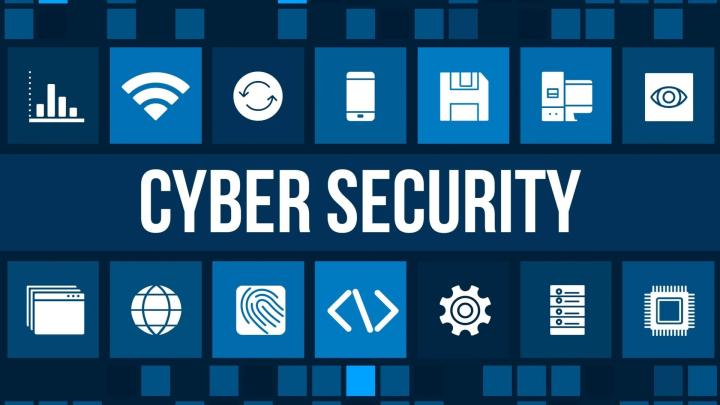
Most organizations are accustomed to benchmarking certain business areas like sales, profits, and resource allocation. These areas all have one thing in common — they are easily measured with simple, quantifiable metrics.
Cybersecurity, on the other hand, has not been so simple to quantify. An organization might attempt to benchmark their security performance, but if they rely on highly technical or point-in-time indicators, then their security benchmarks likely won’t be very useful.
Thankfully, organizations can now use security ratings to benchmark their cybersecurity and create actionable plans for improving security efforts. This type of quantitative and objective data provides organizations with an accurate representation of their external cybersecurity posture. This view enables security professionals to solve specific IT challenges, improve reporting, and receive more resources. These kinds of concrete action items will improve performance and strengthen the position of the IT security team within the enterprise.
Optimizing IT Security Performance
Security ratings provide organizations with a baseline — a cyber security benchmark — with which they can measure their cybersecurity performance against competitors, peers, and across business units. Tracking security ratings over time and comparing them to the security ratings of others enables IT leaders to gain a solid understanding of where their department stands.
Once an organization has benchmarked its security performance, improving security policies and practices becomes a much easier task. Without benchmarking, objectives can devolve into vague promises about “increasing" security or building “better” security architecture. With no concrete performance goals, it becomes difficult to take action or to justify sufficient resource allocation.
Cybersecurity benchmarking helps businesses identify specific areas that need improvement and then makes it possible to track changes over time. Benchmarks also make it clear exactly where a company may be losing ground to competitors. They provide a path to remediate the most crucial security issues while refocusing the overall IT security strategy.
Bitsight Security Ratings are broken down into four primary risk vectors including compromised systems, diligence, user behavior, and data breaches. These categories are then broken down further to inform users of the exact areas where their cybersecurity practices may need some additional attention. IT security teams can remediate issues quickly by leveraging this information to set clear, actionable goals.
Improving Reporting and Communication
Equipped with actionable security benchmarks, IT leaders can improve their reporting and communicate more effectively with executives and the Board. Unlike the extremely technical cybersecurity KPIs of the past, security ratings provide a common language that senior leaders can use to inform decision-making.
With simplified metrics like security ratings, IT leaders and executives can have more productive conversations about cyber risks, what they mean, how to manage them, and what resources are required to mitigate them.
Putting one’s own cybersecurity posture in the context of an industry or group of competitors can also significantly enhance understanding among senior leaders. While these leaders might not have an immediate comprehension of what a particular security rating means, they’ll understand very quickly if it’s significantly more or less than a key competitor’s rating.
Building a Business Case for More IT Security Resources
Security benchmarks help C-suite executives understand current IT security challenges, which leads to a willingness to invest the resources necessary to overcome them.
At many organizations, IT security is seens as a cost center, rather than an area that supports business growth. Benchmarks can help shift the focus to how IT can achieve measurable goals that improve overall organizational competitiveness.
IT security leaders can present benchmarking information in tandem with a clear action plan that shows how IT can support business goals. This increases the likelihood of success when requesting additional resources.
In addition, benchmarking enables IT teams and senior leaders to understand the ROI of cybersecurity initiatives in ways that were not possible before. By tracking security ratings over time and correlating their rise and fall to the implementation of particular tools, programs, or policies, organizations can get a real sense of what’s working and what isn’t.
Automating the security assessment process also allows organizations to allocate resources quickly to meet changing needs. One of the many benefits of Bitsight Security Ratings is that they enable the continuous monitoring of an organization’s security performance. Bitsight can even be customized to send out alerts to users if any metric falls below given thresholds.
With cybersecurity ratings, benchmarking cybersecurity performance to produce actionable goals isn’t just possible, it’s practical. And for organizations that wish to remain competitive in this increasingly important space, cybersecurity benchmarking is necessary for success.